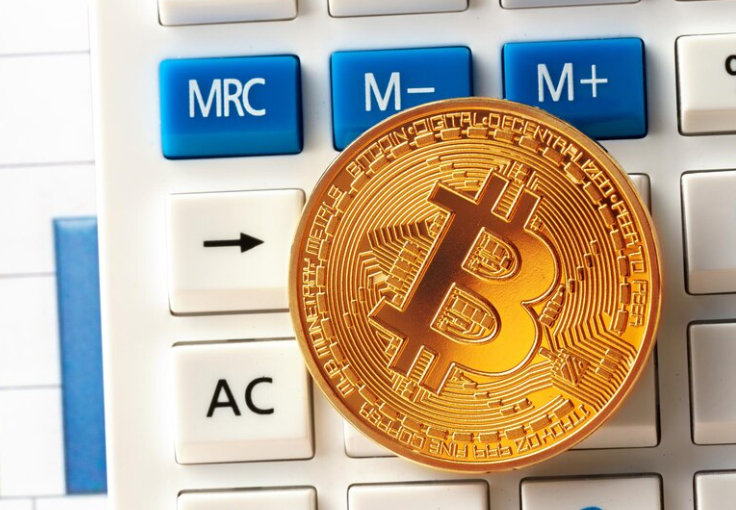Bitcoin nears $60,000 as institutional demand surges

Bitcoin, the world’s leading cryptocurrency, has been on a strong uptrend since bouncing from the $50,000 support level on March 25. It is now trading close to $60,000, a level that has not been seen since November 2021, when it reached its all-time high of $68,789. The recent rally has been driven by several factors, including increased institutional adoption, positive regulatory developments, and growing investor confidence.

MicroStrategy buys more Bitcoin
One of the main catalysts for the Bitcoin price surge was the announcement by MicroStrategy, a business intelligence firm, that it had acquired an additional 3,000 Bitcoin for a total of $155 million at an average price of $51,813 between Feb. 15 and 25. This brought its total Bitcoin holdings to 193,000, worth about $11.5 billion at current prices. MicroStrategy is the largest Bitcoin holder among publicly traded companies, and its CEO, Michael Saylor, is a vocal advocate of the cryptocurrency. He tweeted:
MicroStrategy has acquired an additional 3,000 BTC for ~$155 million at an average price of $51,813 per #bitcoin. As of 2/25/24, @MicroStrategy now hodls 193,000 $BTC acquired for ~$6.09 billion at an average price of $31,544 per bitcoin.
MicroStrategy’s purchase is a sign of the growing institutional demand for Bitcoin, as more companies and investors see it as a store of value, a hedge against inflation, and a digital alternative to gold. According to Mikkel Morch, founder of the digital asset investment fund ARK36, MicroStrategy’s move is a declaration of confidence in the potential of cryptocurrencies. He wrote:
This rally is not just numbers on a chart; it’s a declaration of the confidence among institutional investors in the transformative potential of cryptocurrencies… Moreover, the green light for Bitcoin-owning ETFs in the United States has injected a fresh wave of optimism, propelling trading volumes and spotlighting crypto-linked firms amidst a broader market fraught with apprehension.
Bitcoin ETFs gain traction
Another factor that has boosted the Bitcoin price is the approval of several Bitcoin exchange-traded funds (ETFs) in the United States. ETFs are investment vehicles that track the performance of an underlying asset, such as Bitcoin, and allow investors to buy and sell shares of the fund on a regulated exchange. ETFs provide a convenient and cost-effective way to gain exposure to Bitcoin, without having to deal with the technical and security issues of buying and storing the cryptocurrency directly.
The first Bitcoin ETF in the U.S. was launched by ProShares on Feb. 8, followed by similar products from Valkyrie, VanEck, Invesco, and others. The nine spot Bitcoin ETFs recorded combined trading volumes of over $2 billion for the second consecutive day on Feb. 28. These ETFs are different from the previous Bitcoin futures ETFs, which track the price of Bitcoin futures contracts, not the actual Bitcoin. The spot ETFs are expected to have lower fees and tracking errors, and to attract more institutional and retail investors.
The approval of spot Bitcoin ETFs in the U.S. is a major milestone for the cryptocurrency industry, as it indicates a more favorable regulatory environment and a wider acceptance of Bitcoin as a legitimate asset class. It also paves the way for the potential approval of spot Ether ETFs, which would further boost the crypto market. Morch wrote:
The anticipation swirling around the approval of spot Ether ETFs further underscores the maturation of the cryptocurrency market. It recognition of Ethereum’s role not just as a digital currency, but as an infrastructure backbone for a future where finance and technology merge more seamlessly.
Bitcoin sentiment improves
The third factor that has contributed to the Bitcoin price rally is the improvement of the overall sentiment in the crypto market. After a period of uncertainty and volatility in January and February, when Bitcoin dropped from $42,000 to $28,000, the market has regained its momentum and optimism. The fear and greed index, which measures the emotions and sentiments of crypto investors, has risen from 40 (fear) on Feb. 25 to 71 (greed) on March 1, indicating a shift from pessimism to optimism.
The positive sentiment is also reflected in the social media activity and the network fundamentals of Bitcoin. According to data from LunarCRUSH, a platform that tracks the social media engagement of cryptocurrencies, Bitcoin’s social volume, social engagement, and social dominance have all increased in the past week, indicating a higher level of interest and discussion about the cryptocurrency. Moreover, according to data from Glassnode, a platform that analyzes the on-chain activity of cryptocurrencies, Bitcoin’s network hash rate, active addresses, and transaction fees have all reached new highs, indicating a higher level of security, adoption, and demand for the cryptocurrency.
What’s next for Bitcoin?
Bitcoin is currently facing a strong resistance at the $60,000 level, which has proven to be a psychological barrier for the market. If Bitcoin can break above this level, it could potentially reach a new all-time high in the near future. However, a short-term correction is also possible, as the market may take some profits or face some selling pressure. The nearest support levels are found at $57,000 and $54,000, which could provide some bounce for the price.
In the long term, however, the outlook for Bitcoin remains bullish, as the fundamentals and the sentiment are in its favor. With more institutional adoption, regulatory clarity, and investor confidence, Bitcoin could continue its upward trajectory and achieve new milestones in 2024.




